CHEM134 Week 16 Final Exam
- $30.00
- Question: Calculate the solubility of Cu(OH)2 in a solution buffered at pH = 7.48. (Ksp = 1.6 x 10–19)
- Question: The best explanation for the dissolution of ZnS in dilute HCl is that:
- Question: Will a precipitate of magnesium fluoride form when 200. mL of 1.9 × 10–3 M MgCl2 are added to 300. mL of 1.4 × 10–2 M NaF? [Ksp (MgF2) = 6.9 × 10–9]
- Question: The solubility in mol/L of M(OH)2 in 0.016 M KOH is 1.0 x 10–5 mol/L. What is the Ksp for M(OH)2?
- Question: Which of the following compounds is more soluble in acidic solution than in pure neutral water?
- Question: Which of these species has the highest entropy (S°) at 25°C?
- Question: Which of the following shows a decrease in entropy?
- Question: The enthalpy of vaporization of isopropanol is 44.00 kJ/mol at its boiling point (82.3°C). Calculate the value of ΔS when 1.00 mole of isopropanol is vaporized at 82.3°C and 1.00 atm.
- Question: Arrange the following substances in the order of increasing entropy at 25°C:
- Question: The equilibrium constant for the reaction AgBr(s) ⇌ Ag+(aq) + Br– (aq) is the solubility product constant, Ksp = 7.7 × 10–13 at 25°C. Calculate ΔG for the reaction when [Ag+] = 1.0 × 10–2 M and [Br–] = 1.0 × 10–3 M. Is the reaction spontaneous or nonspontaneous at these concentrations?
- Question: Complete and balance the following redox equation. What is the coefficient of when the equation is balanced with the set of smallest whole-number coefficients?
- Question: What quantity of charge is required to reduce 21.4 g of CrCl3 to chromium metal? (1 Faraday = 96,485 coulombs).
- Question: A salt bridge is used to:
- Question: For the reaction Ni2+(aq) + 2Fe2+(aq) → Ni(s) + 2Fe3+(aq), the standard cell potential E°cell is
- Question: The measured voltage of a cell in which the following reaction occurs is 0.96 V H2(g, 1.0 atm) + 2Ag+(aq, 1.0 M) → 2H+(aq, pH = ?) + 2Ag(s) Calculate the pH of the H+(aq) solution.
- Question: Consider a certain type of nucleus that has a half-life of 32 min. Calculate the percent of original sample of nuclides remaining after 2.1 hours have passed.
- Question: What is the mass change in grams for the reaction 2 NO2(g) → N2O4(g)? The enthalpy for the reaction is -57.2 kJ.
- Question: What is the mass defect of 6Li if the exact mass is 6.01512 amu?
- Question: The rate constant for the beta decay of thorium-234 is 2.881 x 10 2day–1. What is the half-life of this nuclide?
- Question: If the age of the Earth is 4.5 billion years and the half-life of 40K is 1.26 billion years, what percent of the Earth's original amount of 40K remains today?
- Question: For the following reaction:
- Question: Calculate the temperature at which the reaction changes from a spontaneous to non-spontaneous process:
- Question: When performing electrolysis on a 0.50 M HgCl2 solution, how many moles of Hg will be produced using a current of 1.35 A for 1.5 hours?
- Question: A voltaic cell is set up at 25° C with the following half-cells Al3+ (0.002 M) and Ni2+ (0.25 M).
- Question: What is the binding energy per nucleus of 235U? The mass of the 235U nucleus is 235.0439 amu.
- Question: The half-life of Sr-90 is 28.8 years. If 50.0 g of Sr-90 is initially synthesized, how long will it take for the mass of the sample to be reduced to 1.56 g?
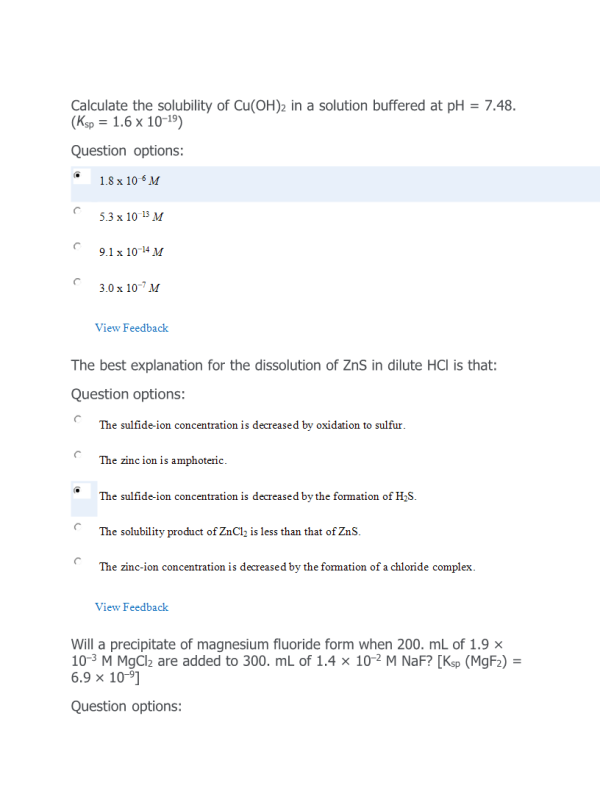
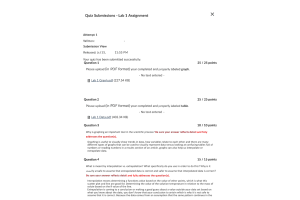
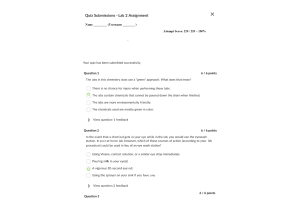
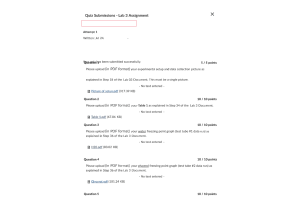
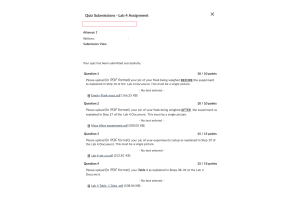
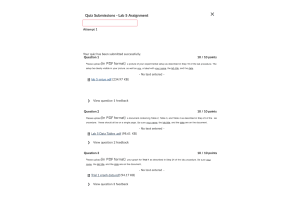
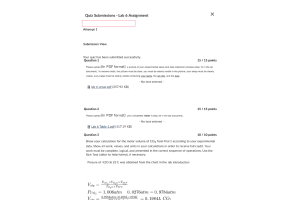
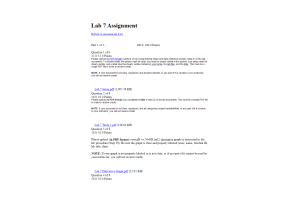
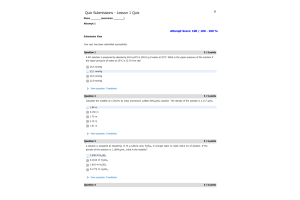
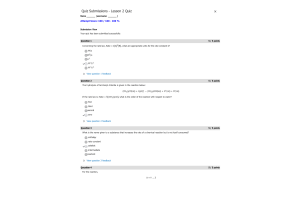
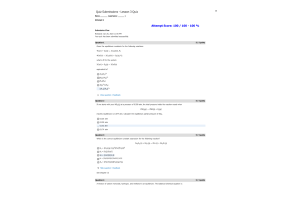
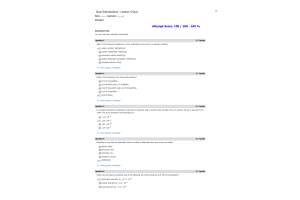
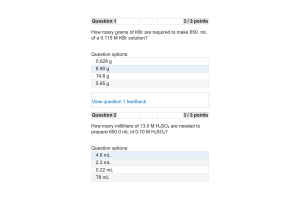
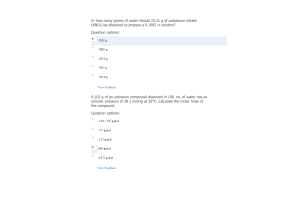
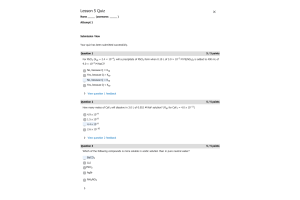
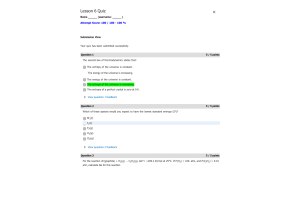
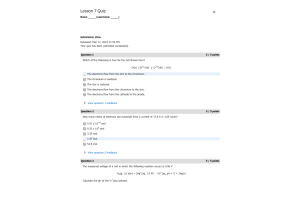
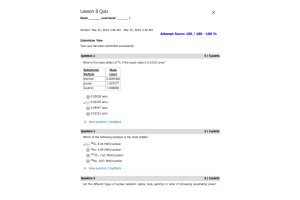



-300x200.png)